Scarcity and urgency have a remarkable way of influencing consumer behaviour in surprising ways. A “While Supplies Last” offer is one of the simplest yet most effective tools to tap into these psychological triggers. This phrase creates a sense of urgency and increases the appeal of limited-time or exclusive products.
Why do we act this way? The answer lies in psychology: we value rare or fleeting things. Scarcity creates FOMO, while urgency pushes us to act quickly before opportunities disappear. These principles aren’t just for exclusive launches.
Adding scarcity and urgency into your strategy can:
- Increase the observed value of your products.
- Build a sense of exclusivity and brand loyalty.
- Support faster buying decisions.
The outcome? Higher conversions, faster sales, and an engaged customer base ready to act.
In this article, we will open the psychology behind “While Supplies Last”, share actionable insights and examples, and provide a step-by-step guide to help you implement it properly in your store.
What Is While Supplies Last?
At its core, a “While Supplies Last” offer signals that a product or deal is available only for a limited time or quantity. This message creates urgency, prompting customers to purchase quickly before the opportunity disappears.
A Few Examples of “While Supplies Last” Offers
Here are some real-world examples of how businesses use “While Supplies Last” to create urgency:
1. Seasonal Sales
“Spring Collection Clearance – While Supplies Last!”
Seasonal products often align perfectly with this tactic. Customers know the stock won’t be replenished after the season ends, creating natural scarcity.
2. Flash Sales
“50% Off Everything! Limited Stock Available While Supplies Last!”
Flash sales with limited stock and timeframes maximize urgency and encourage impulse buying.
3. Exclusive Drops: Urgency Sentences on Limited Drops
“Exclusive Limited Edition Sneakers – Buy Before It Runs Out!”
Brands frequently use “drops” to announce exclusive product launches that are available quickly.
4. Free Gift Promotions
“Get a Free Gift with Your Purchase While Supplies Last!”
Offering a freebie can make the deal more appealing, encouraging customers to take action quickly to avoid missing out.
5. Limited-Edition Items
“Only 100 Units Available – While Supplies Last!”
For rare or collectable items, specifying the exact quantity reinforces scarcity.
Why You Should Use Urgency and Scarcity in Your Store
Urgency and scarcity are not just trendy terms. They are powerful tools that can transform your e-commerce strategy. Here’s why these tactics work so well:
Drives Action with FOMO
The fear of missing out (FOMO) pushes customers to act quickly. They are more likely to decide quickly when they know an offer won’t last.
Boosts Conversions
Creating a sense of urgency prompts customers to act faster, helping hesitant shoppers make quicker decisions and increasing the chances of them completing their purchase.
Generates Excitement
Limited-time offers turn shopping into an exciting experience by creating a sense of urgency and anticipation. These deals generate buzz, capture attention, and keep customers interested in your store.
Speeds Up Inventory Turnover
Creating a sense of scarcity encourages customers to buy products quickly, which helps you sell out existing stock faster. This clears up space for new inventory and keeps your sales moving steadily, ensuring your business maintains its momentum.
Builds Brand Loyalty
Providing exclusive deals helps customers feel valued and appreciated, fostering a deeper connection with your brand. This sense of exclusivity makes them more likely to trust your business, remember your offerings, and return to shop again.
How to Create the Perfect “While Supplies Last” Offer for Your Store
Here are actionable steps to craft irresistible “While Supplies Last” offers:
Choose the Right Product
Select products that align with the concept of scarcity. These could be seasonal items, limited editions, or high-demand products with limited stock.
Craft Compelling Messaging
Compelling messaging involves tapping into your audience’s emotions and driving them to take immediate action. By using urgency-driven phrases effectively, you can create a sense of excitement and importance around your products or offers. Let’s explore simple yet impactful ways to make your messaging stand out.
Example:
- “Hurry! Only a few left in stock!”
- “Don’t miss out—buy now while supplies last!”
Imagine browsing online and seeing a product you love, but a bold message states only a few items are left. Suddenly, buying becomes urgent because waiting could mean missing out. Phrases like this create scarcity, compelling customers to act quickly before the opportunity slips away.
This phrase reminds shoppers that the product isn’t guaranteed to be available later. By combining “don’t miss out” with “while supplies last,” you’re emphasizing the limited nature of the offer, encouraging customers to prioritize their purchase.
Leverage Countdown Timers
Why do countdown timers work so well? The ticking clock creates a sense of immediacy. Customers see the remaining time and feel the pressure to decide now rather than later. The fear of missing out (FOMO) kicks in, and they’re more likely to complete their transaction rather than risk losing out on a deal or product.
Example:
- Flash Sales on Product Pages
- Cart Timers for Faster Decisions
A clothing store runs a flash sale on a trending jacket. The product page displays a countdown timer: “Only 2 hours left to save 30%!” This visual nudge encourages shoppers to check out immediately, boosting conversion rates.
A home décor brand adds a timer to their cart: “Complete your purchase within 10 minutes to secure your items!” This subtle reminder prevents customers from abandoning their carts and encourages quicker decision-making.
Highlight Scarcity Clearly
Promising stock levels is a great way to create a sense of urgency and encourage customers to act quickly. By allowing shoppers to know how limited the stock is or how popular an item has been recently, you can subtly push them toward making a purchase decision. Let’s break it down with some detailed examples and tips:
Example:
- “Only 3 left in stock – order now before it’s gone!”
- “Hurry! 10 units sold in the last hour!”
This simple message conveys that the product is selling out fast. Shoppers will likely feel the need to act quickly, knowing they might miss out if they delay. Adding “order now” creates a direct and time-sensitive call to action.
Highlighting recent sales activity signals high demand for the product. Customers are more inclined to buy when they see others are purchasing the same item, as it builds trust and validates their interest.
Use Visual Cues
Using visual cues like bright colors, bold fonts, and attention-grabbing graphics is one of the simplest yet most effective ways to make your offers stand out. Visual elements naturally draw the eye, helping to ensure your message doesn’t get lost in the noise of a busy webpage or marketing email. Here’s a closer look at how to use visual cues effectively, along with examples to inspire you:
Example:
- Bright Buttons for Call-to-Actions (CTAs):
- Highlight Limited-Time Offers:
A vibrant red “Buy Now” button on a product page. Red is often associated with urgency and action, making it more likely for customers to click. Add a slight animation, like a pulsing glow or hover effect, to make it even more enticing.
A flashing “24 Hours Only!” banner in neon yellow with a ticking clock icon. The bright yellow grabs attention, while the ticking clock visually reinforces urgency. Pair it with a countdown timer for added pressure to act fast.
Promote on Multiple Channels
To ensure your offer reaches the widest possible audience, it’s essential to use a mix of channels, such as email, social media, and website banners. Each platform offers unique advantages, and combining them maximizes your chances to drive traffic and sales.
Example:
- Email Campaigns:
- Social Media Posts:
Send a catchy email with a subject line like: “Hurry! Only 24 Hours Left on Our Flash Sale!”
Include a bold CTA button (e.g., “Shop the Sale Now”) and use eye-catching visuals like product images or a countdown timer.
Create posts with captions like: “Don’t miss out! Limited-time offers end tonight! Shop now before it’s gone!”
Use engaging formats like stories, reels, or live videos to generate excitement.
Analyze and Optimize
Track the performance of your offers to understand what resonates with your audience. Experiment with different messages and formats to find what works best.
Wrapping Up
While Supplies Last offers are more than just a marketing tactic, they are a psychological trigger that taps into customers’ fear of missing out. These offers can significantly boost sales, create excitement, and strengthen customer loyalty when done correctly.
While Supplies Last offers are more than just a marketing tactic, they are a psychological trigger that taps into customers’ fear of missing out. These offers can significantly boost sales, create excitement, and strengthen customer loyalty when done correctly.
FAQs
1. How do you use while supplies last in a sentence?
Example: “Our exclusive summer collection is 40% off—hurry while supplies last!”
2. How do you say While Supplies Last?
Alternative phrases include:
- “Limited Stock Available”
- “Get Yours Before It’s Gone”
- “Once It’s Gone, It’s Gone!”
3. What is a scarcity tactic?
A scarcity tactic uses limited availability to create urgency, motivating customers to act quickly to avoid missing out. Examples include limited-time offers, exclusive deals, and low-stock alerts.
3. What is a scarcity tactic?
A scarcity tactic uses limited availability to create urgency, motivating customers to act quickly to avoid missing out. Examples include limited-time offers, exclusive deals, and low-stock alerts.
4. How do you say “Limited Time Offer”?
Alternative phrases include:
- “Time is Running Out!”
- “Offer Ends Soon!”
- “Only Available Until [Date]!”


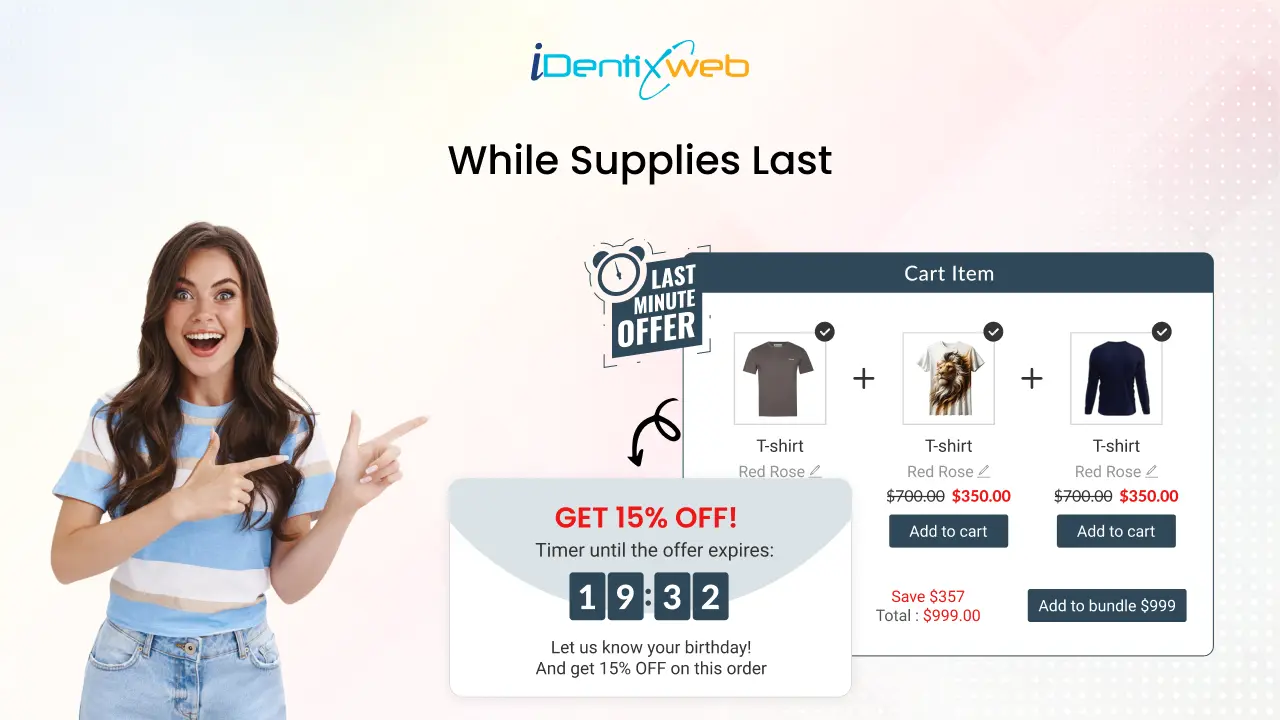
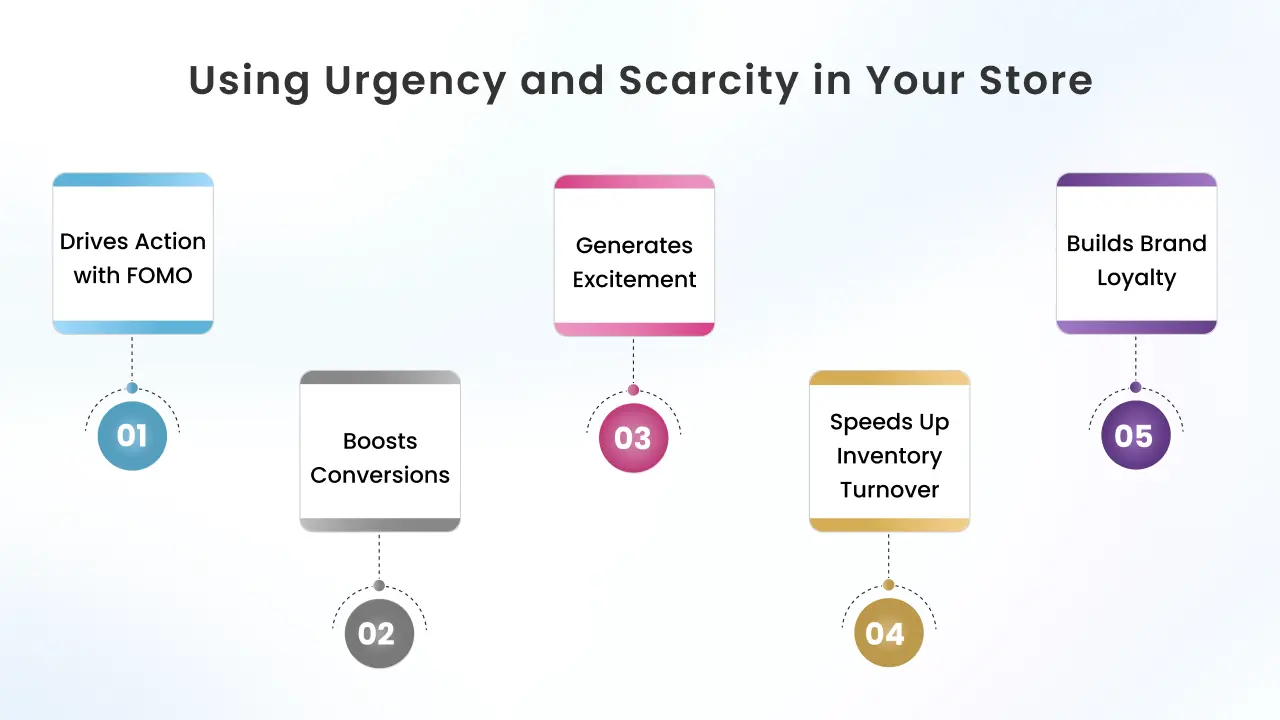
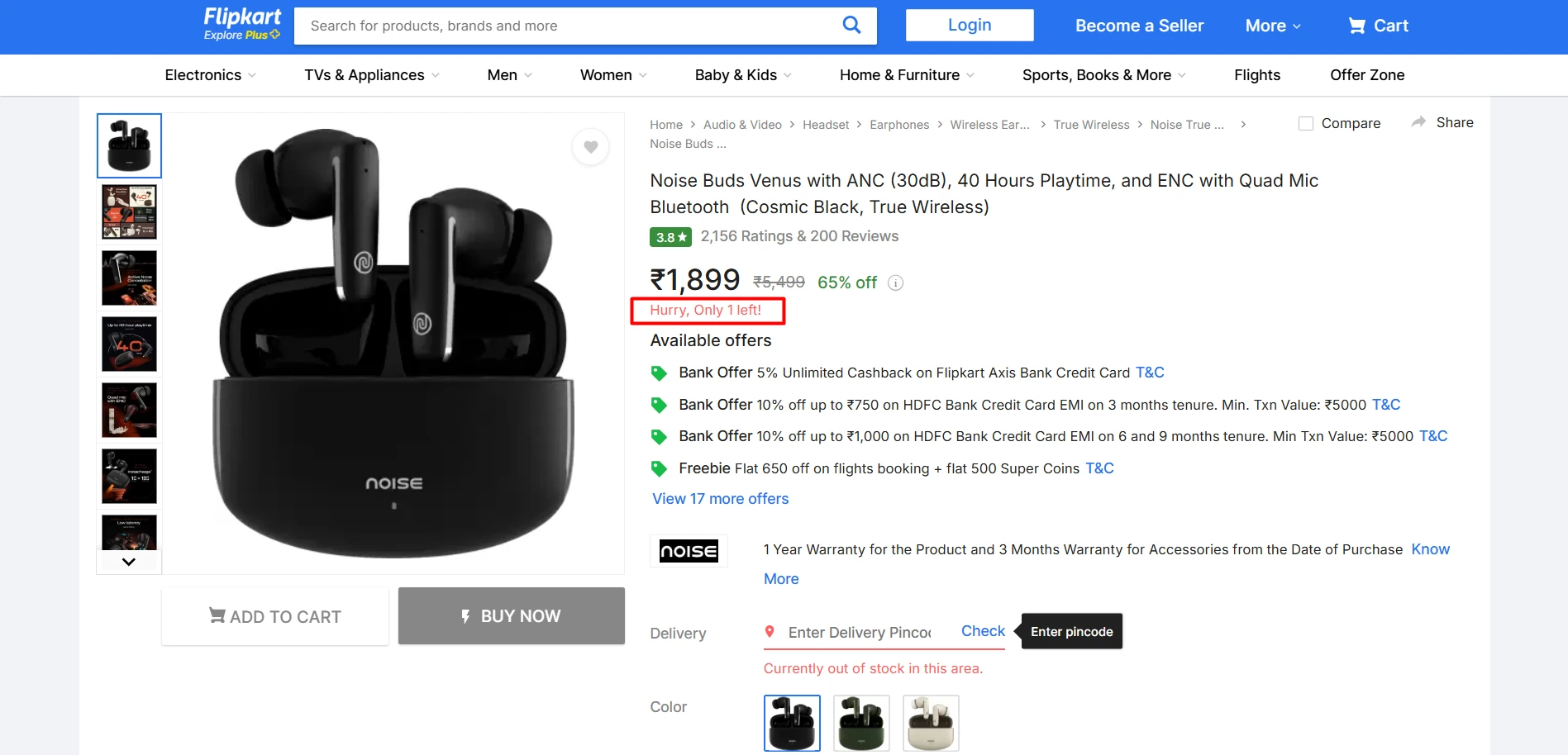
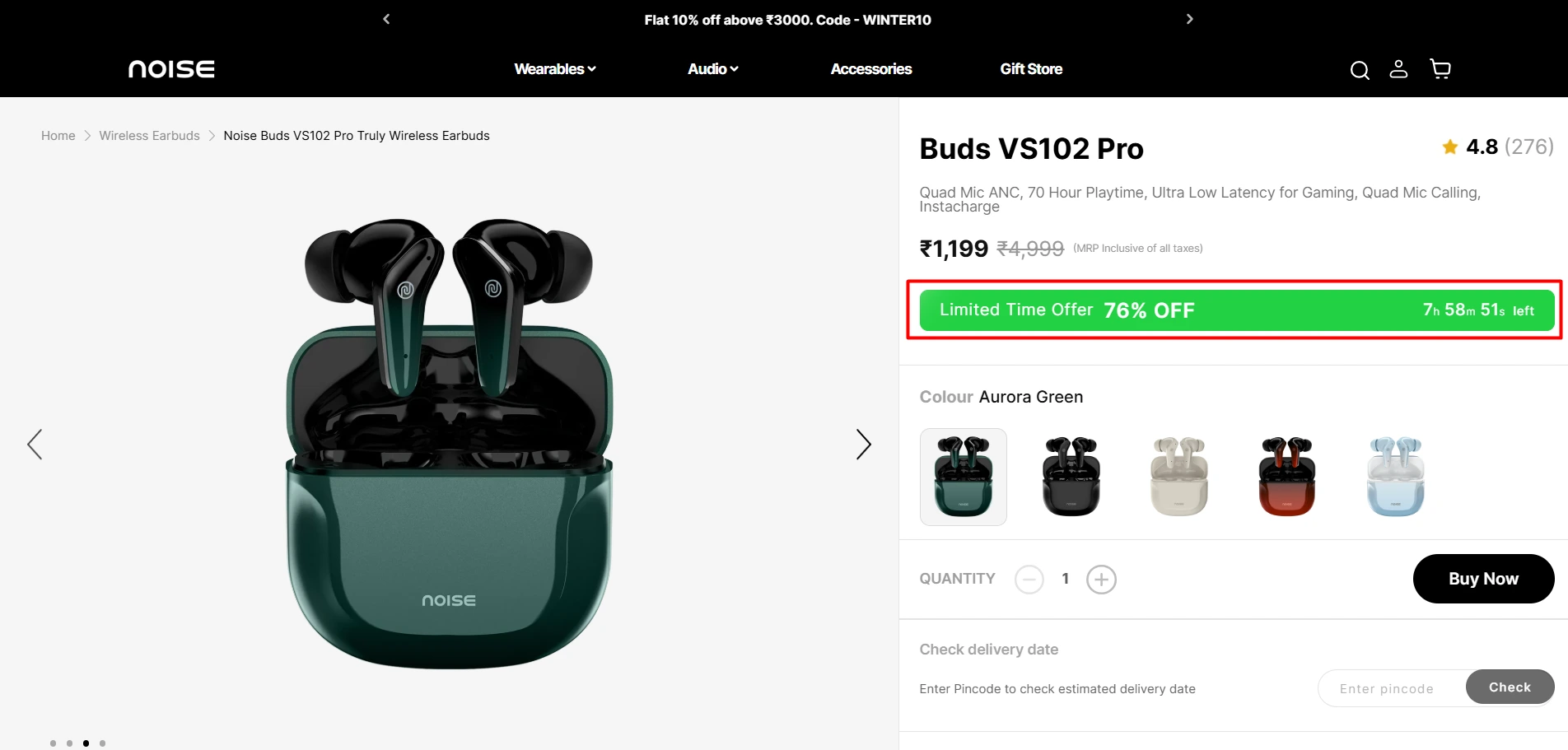
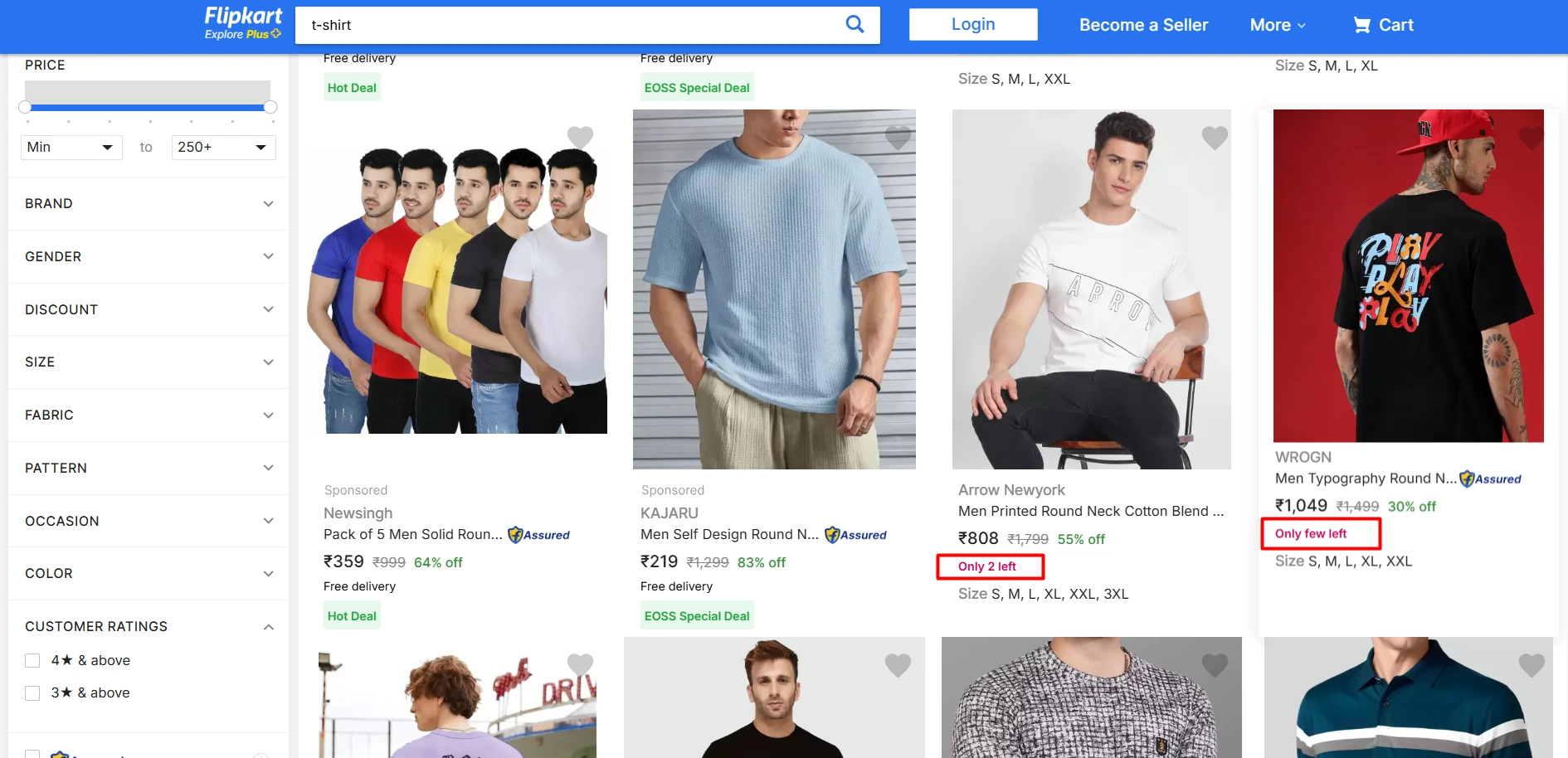

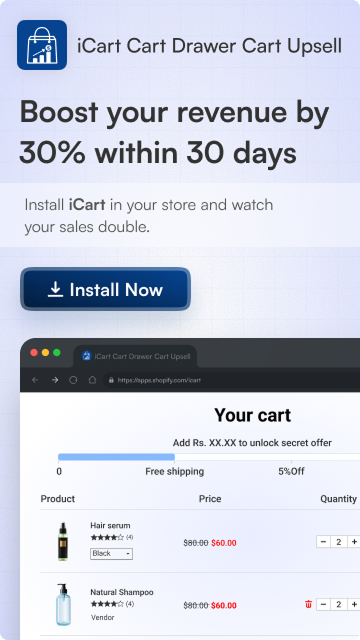
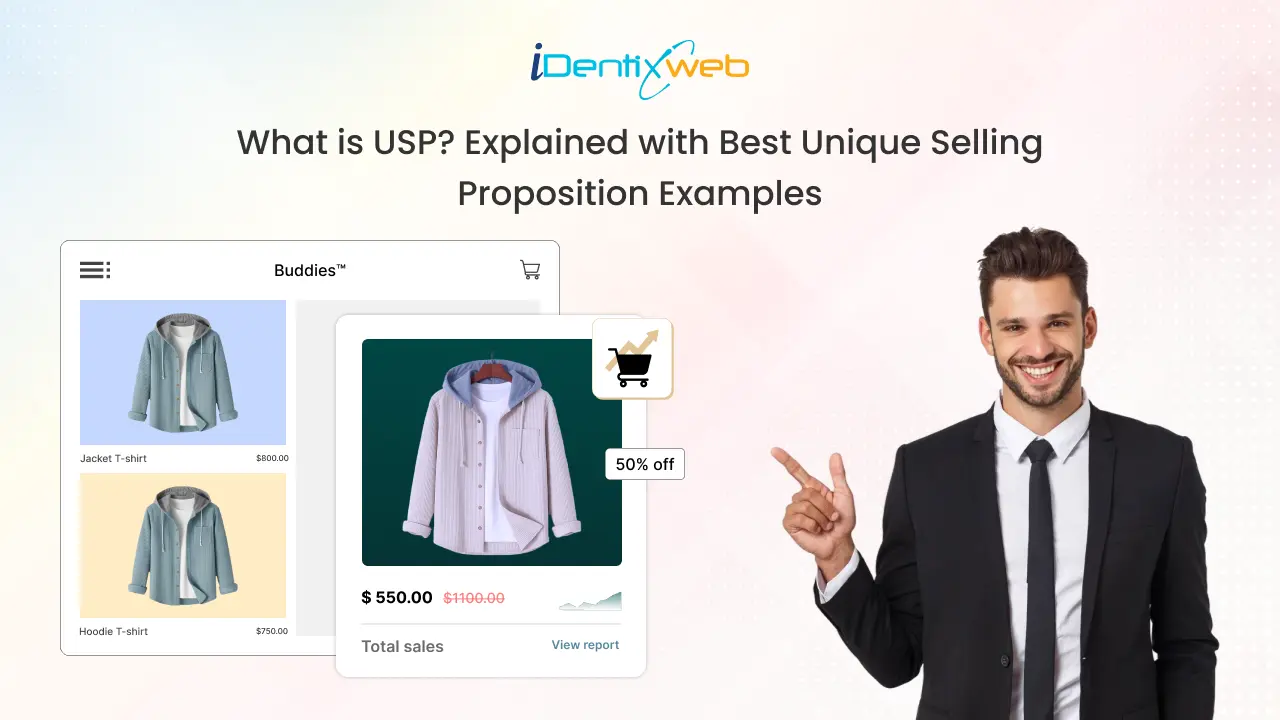
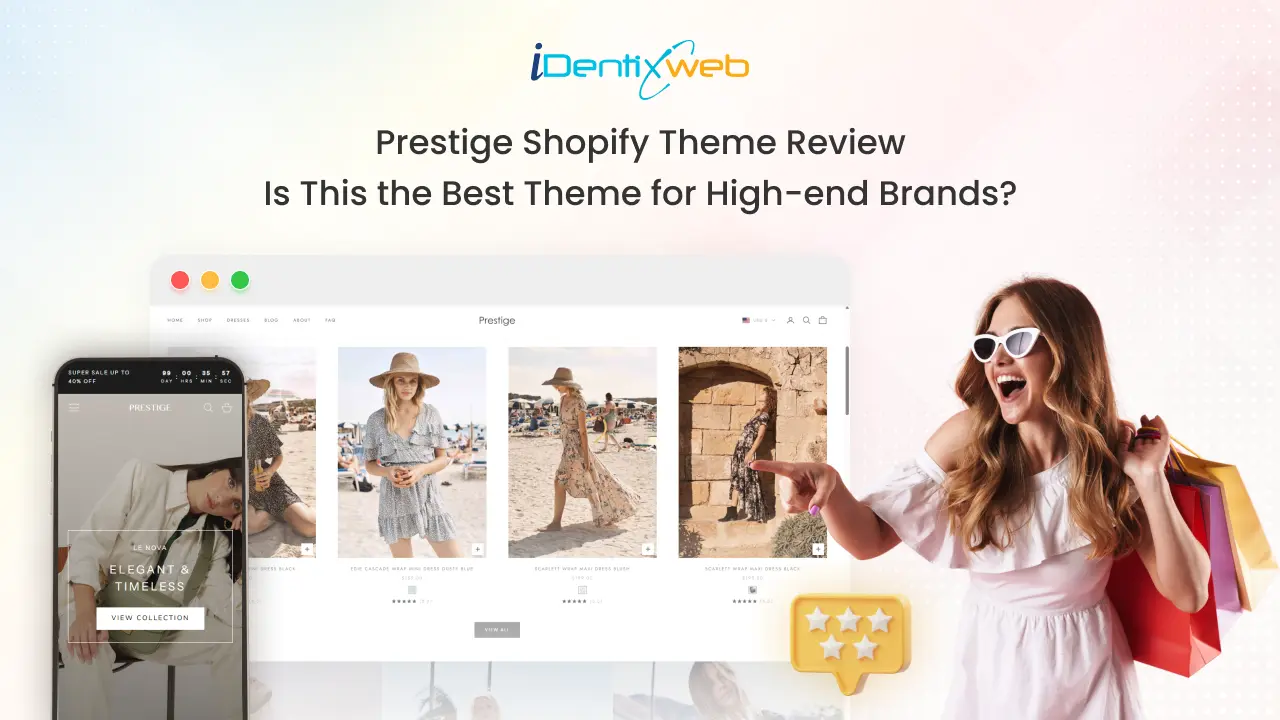

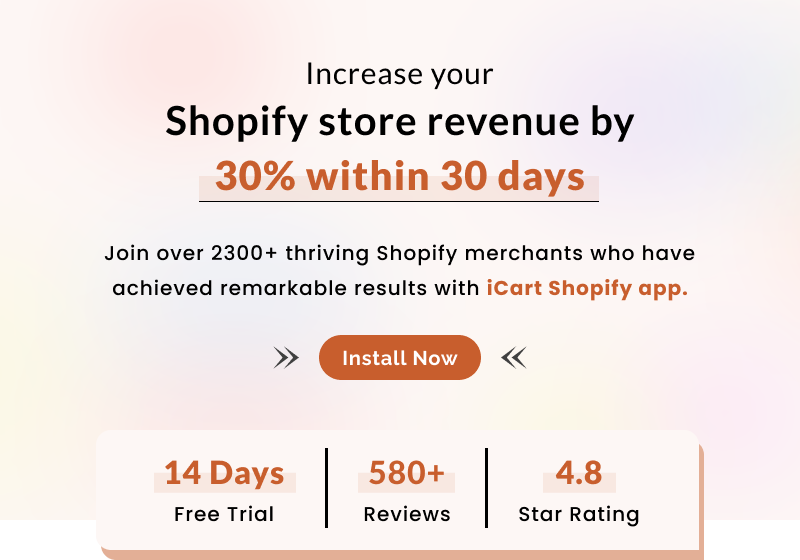
About the author
Bhavesha Ghatode
Explore Content with Bhavesha, a passionate and dedicated technical content writer with a keen understanding of e-commerce trends. She is committed to sharing valuable insights, practical assets, and the latest trends that can help businesses thrive in a competitive environment.